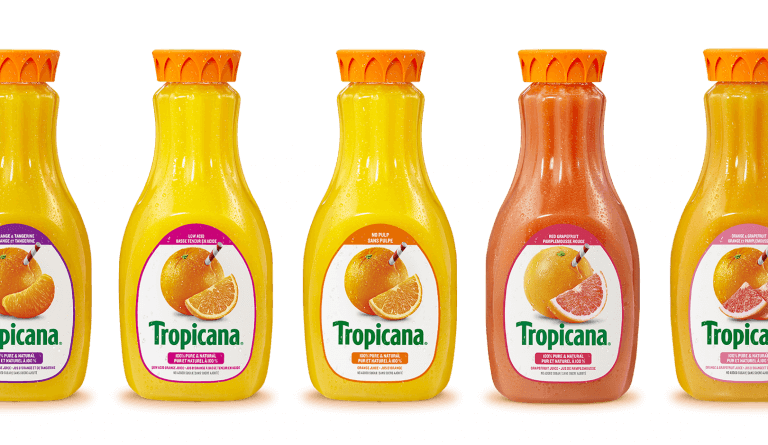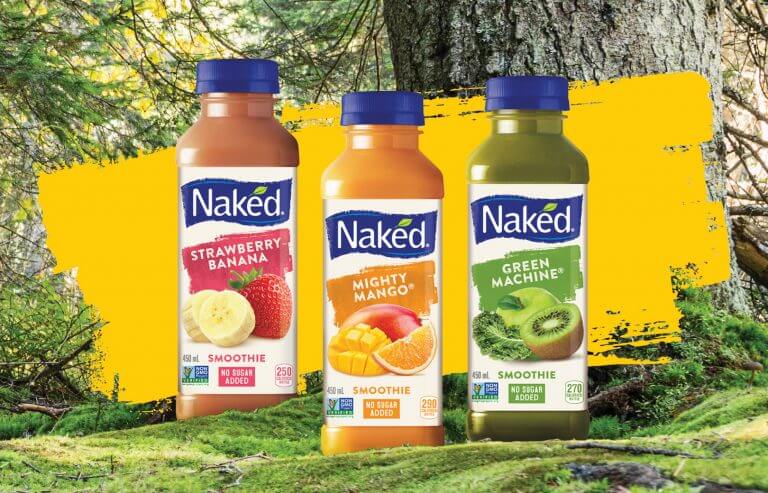In today’s world, people are much more conscious of their food choices. According to our survey of 12,000 Canadians and 59,000 Americans, 58% of Canadians and 50% of Americans are actively attempting to eat healthier. Many respondents in both countries report eating less meat and avoiding foods with artificial flavors and preservatives.
This increase in interest also corresponds to the emergence of chronic diseases among consumers, such as heart disease and diabetes. Almost half of all Americans suffer from at least one chronic disease and they account for 89% of all deaths in Canada, with annual healthcare costs exceeding $80 billion.
Rising Chronic Diseases And Their Impact On Cost
According to the Centers for Disease Control, chronic diseases account for nearly 75% of total healthcare spending in the United States. In terms of public insurance, the treatment of chronic diseases accounts for an even larger proportion of spending: 96 cents on the dollar for Medicare and 83 cents on the dollar for Medicaid. The problem will only worsen as the population ages, and as a result, there is a growing interest in reading labels for nutritional information.
Consumers are concerned about getting medical help when they need it due to rising healthcare costs and a shortage of healthcare workers. The pandemic has also increased consumer awareness of their health, resulting in a significant market shift toward preventative medicine, with diet also playing a critical role. This need for preventive measures is greatest among Generation Z and Millennials, who are more accepting of organic, healthy products and gravitate toward naturopathic alternative healthcare solutions.
Nutritional Labeling Is Critical In Driving Purchases
In 2021, approximately 51% of respondents in a survey conducted in the United States stated that when shopping for food or beverage products, the nutrition facts label, which is typically located on the back or side of product packaging, has the greatest influence on their purchasing decisions.
This statistic depicts the findings of a 2017 survey on the impact of various claims and certifications listed on food or beverage product packaging on consumer purchasing behavior in the United States. According to 66 percent of survey respondents, the USDA Organic certification on food product packaging makes them much more likely to buy that item. Aside from assisting customers in making an informed decision on a specific product, claims, and nutritional information also aid in-store product comparisons when the offerings appear parody. These claims, as well as better-for-you nutritional claims, can often sway customers to brands they might not have considered before.
Tropicana Juices use the front of the package to promote these better-for-you claims, such as the “100% Pure and Natural” and “No Added Sugar” claims, to promote the natural elements of the juice and increase its shelf presence versus one that may not have these claims.


Image Source: SLD
Understand Your Customer Segments’ Link To Nutritional Benefits
People who read food labels for nutritional information want to live a healthy lifestyle. Individuals can support their overall health and well-being by being aware of the nutritional content of their food.
Patients eating lower-fat diets were much more likely than patients eating higher-fat diets to report labels influencing their food purchase decisions, as were patients eating diets higher in fruits, vegetables, and fiber, according to a study published in the American Journal of Preventative Medicine.
Patients with high blood pressure were 63% more likely to look for sodium on the nutrition label than those with normal or low blood pressure, but no more likely to look for other nutrition label information. Similarly, patients with high cholesterol were more likely to look for saturated fat on the label than those with normal or low cholesterol, but not for other nutrition label information.
Weight management is another reason people read nutrition labels. Individuals can use these labels to track their calories and ensure they meet their quotas. Furthermore, people with specific dietary needs or allergies should read labels to ensure they are not consuming any ingredients that could cause adverse reactions. As a result, it’s extremely important for CPG brands to understand the link between their packaging and what customer segments are looking for in the customer journey.
Leverage How People Read Labels For Nutritional Information
Several factors can influence how people read nutritional labels, such as an individual’s education level. People who are more educated are more aware of the importance of reading nutritional labels and are more likely to do so. Age is also a factor that influences how people read nutritional labels. Older people may be more likely to read labels, as they can be more health-conscious and have more dietary restrictions. People who have children are another segment more likely to read labels because they are concerned about the nutritional content of the food they prepare for their families.
The type of food purchased can also influence how people read the nutritional information on labels. People are more likely to read labels on processed or packaged foods, for example, because these products have more complex ingredient lists and may contain additives or preservatives. Finally, the nutritional content of the food can influence how people read nutritional labels. People may be more likely to read labels for foods high in sugar or fat, for example, because these products can have a significant impact on their overall health and well-being.
Reconsider The Link Between The Front And Back Panel Nutritional Facts
Surprisingly, many products with lower sodium and calories, as well as other health benefits like no cholesterol, do not promote these factors on the front of their product label. Although brand equity is important, when viewed through the lens of health-conscious or chronic disease customer segments, it is not always the primary driver of purchase decisions.
Consumer packaged goods marketers must review their front panel to ensure that key health-driven purchase features, such as package flashes or nutritional graphic bars found on better-for-you private brand platforms, stand out. Packaging like Naked Juices does a great job of using the front of the package to call out important elements of the juice, such as the No Sugar Added claim all while making the packaging stand out on the shelf.


Image Source: SLD
Furthermore, while back panel nutritional labeling is taking up more valuable packaging real estate, consideration should be given to reinforcing the unique health benefits as part of this area of the package, as more and more consumers read the back panel as part of the decision-making process.
These call-outs help to reinforce the key consumer benefits while also allowing for a quick scan of the back panel information via an improved communication hierarchy. Managing the ability to share critical health information in the blink of an eye will speak to customers’ desire to find better products for you while reflecting the need to absorb information quickly during the purchasing process.
Conclusion
In conclusion, brand marketers must recognize that nutritional information is no longer a solution to meet regulatory requirements, but rather a key factor driving customer purchase decisions. Reading labels for nutritional information has become increasingly important as people have become more health-conscious, providing marketers with an opportunity to revisit their ingredients in order to migrate towards healthier options.
Since people read labels for a variety of reasons, including making informed food choices, managing their weight, and maintaining a healthy lifestyle, marketers should fine-tune their customer segments to better understand what motivates purchase behaviors.

